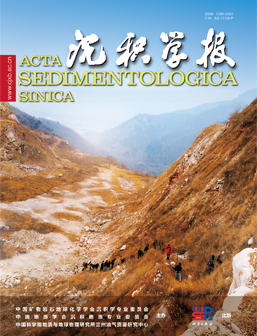鄂尔多斯盆地延长组地震前积反射与页岩油储层展布规律研究
doi: 10.14027/j.issn.1000-0550.2024.108
- Received Date: 2024-08-07
- Available Online: 2025-03-04
-
Key words:
- 3D Seismic Data /
- Progradational Reflection /
- Shale Oil /
- Reservior Distribution /
- Yanchang Formation /
- Ordos Basin
Abstract: During the Chang 7 period of the Yanchang Formation, Late Triassic in Ordos Basin, a set of continuously traceable shale was deposited, and the shale is currently the main stratigraphic strata for unconventional oil exploration and development. The shale oil reservoir at Chang 73 sub-member has features of fast lateral changing fast and vertical stacking, which make problems in practice such as unclear reservoir distribution, high exploration difficulty, and low drilling rate, etc. In order to clarify the distribution pattern of laminated-type shale oil reservoirs, we propose a shale oil reservoir distribution pattern controlled by seismic reflection characteristics of progradations and sedimentary paleogeomorphology by using seismic, geological, and logging data deeply. Firstly, through the latest 3D seismic data, the stratigraphic dip flipping method is used to recover sedimentary paleogeomorphology. Then, we mark the seismic reflection of lacustrine mudstones and make seismic stratigraphic comparison and division, and propose a four stage progradational clinoforms and distribution patterns of shale oil reservoir based on the sedimentary paleogeomorphology. Finally, the deep-water gravity flow sedimentary process of the Chang 73 sub-member laminated shale oil reservoir is inferred from above conclusions, and the inspiration of this research for unconventional oil and gas exploration and development in the Ordos Basin is discussed.






 DownLoad:
DownLoad: